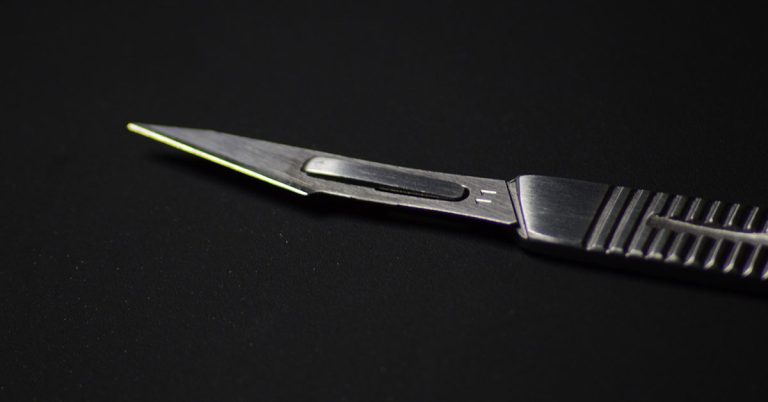
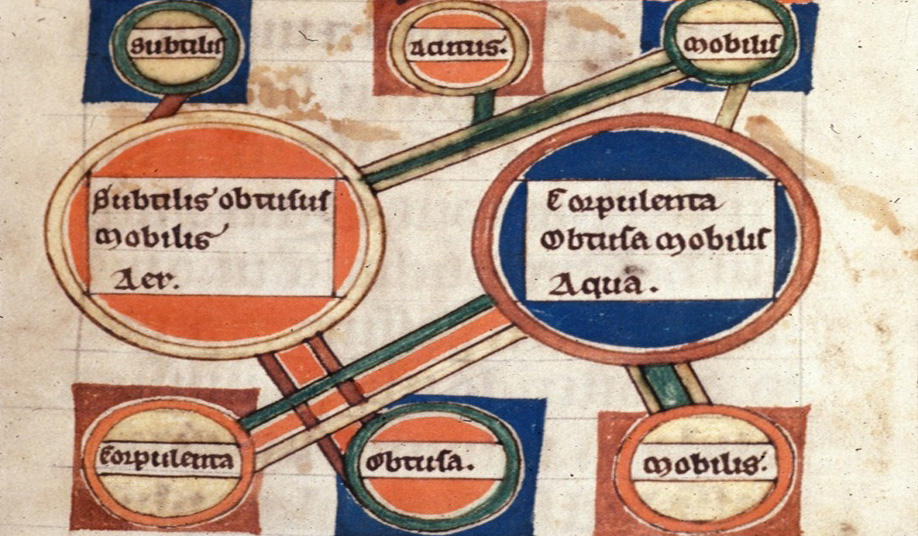
Consider the following qualities:
Primary Qualities | Secondary Qualities |
| size | smell |
| shape | taste |
| motion | sound |
| hardness | heat |
| length | colour |
What’s the difference?
Nearly everyone agrees that there are important differences between primary and secondary qualities. But, despite 2,500 years of philosophical speculation, there has been little agreement about the nature of the distinction. In 1976, John J. Macintosh, catalogued 22 primary/secondary quality theories, including:

Secondary qualities (but not primary qualities) are ‘by convention’.
Democritus (460–370 BC)
For human observers, primary qualities can be perceived with more than one sense; secondary qualities with one sense only.
Aquinas (1225–74)

Human ideas of primary qualities ‘resemble’ real primary qualities in physical bodies. Secondary qualities do not resemble anything real in physical bodies.
Locke (1632–1704)
Primary qualities are subject to metrical description; secondary qualities are not.
Pereboom (1957– )
But what about the data?
Macintosh used these to posit plurality of primary/secondary distinctions, and I’m indebted to his work. But he overlooks a critical problem: most theories about the primary/secondary quality distinction don’t fit the data.
1. They don’t sort cases properly
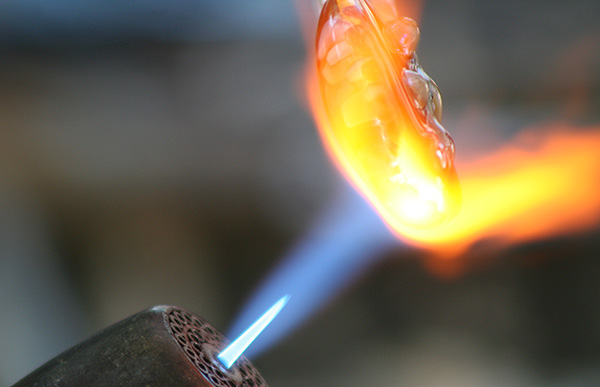
Consider the following counterexamples. Heat is not by convention but real, since it melts solid objects and starts chemical reactions. Sound is subject to metrical description: frequency and intensity.
2. They explode the primary and secondary quality categories
If Pereboom counts every property subject to metrical description as primary, then his primary qualities will have to include torque, stress and strain, electric current, air pressure, and a lot more. If Aquinas counts every commonsensible as primary and every special-sensible as secondary, then the beauty of a painting or photograph would be secondary (perceived only by sight) but the beauty of a sculpture would be primary (perceived by sight and touch). However, historically, the primary/secondary lists have varied only slightly.
Thomas Reid: a way forward in primary/secondary qualities
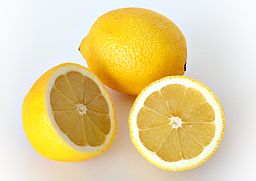
Thomas Reid, in his Essays on the Intellectual Powers of Man, offers a more promising theory of primary and secondary qualities.
First, as to sorting cases, Reid offers the following distinction: we automatically understand the natures of primary qualities but not of secondary qualities. The most naïve perceiver understands hardness as the firm adhesion of a thing’s parts. But when one perceives white, warm or sour, one perceives the quality readily enough, but not its nature. One does not automatically understand that the white object is reflecting so many frequencies of light or that the warm object has a relatively high average kinetic energy among its molecular parts.

Second, regarding exploding memberships, Reid restricts both primary and secondary qualities to a common genus: ‘originally’ perceivable qualities. The key feature possessed by both lists is that human beings perceive them in physical objects without any training, education or acquired assumptions. Babies can perceive and recognize shape, motion and sound. They can’t perceive beauty, torque, or economic value.
Some have regarded secondary qualities as unreal and illusory (e.g. Howard Robinson, Frank Jackson, George Berkeley) in order to undermine Direct Realist accounts of perception. Reid provides resources to address the problem. In my book, Thomas Reid and the Problem of Secondary Qualities, I do explain why some think that secondary qualities threaten our ordinary ways of thinking about sense perception. I give my reading of Reid’s take on primary and secondary qualities, and use Reid’s primary/secondary theory to defend sense perception against a variety of scientific and philosophical objections, including some curious illusions. Ultimately, Reid’s theory helps me defend Direct Realism, but it has some unexpected implications for conventional views of colour.
About the Author
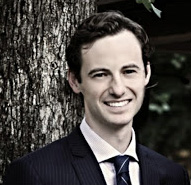
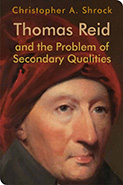
Christopher A. Shrock is Dean of the College of Arts and Sciences at Ohio Valley University.
Find out more about Thomas Reid and the Problem of Secondary Qualities
Browse the full Edinburgh Studies in Scottish Philosophy series
Image credits
- Primary qualities and elements from BL Royal 12 F X, f. 2 [Public domain] British Library via Picryl
- V0001528 Democritus. Line engraving by [A. H.] [CC BY 4.0], Credit: Wellcome Library, London via Wikimedia Commons.
- Saint Thomas Aquinas. Carlo Crivelli [Public domain], via Wikimedia Commons
- Blast from the Glass. Jeremiah “GrayBeard” Richards [CC BY 2.0], via Flickr
- Lemon. André Karwath aka Aka [CC BY-SA 2.5], via Wikimedia Commons
- Toddler Girl in Pool Ball. Silvia Trigo [CC 0], via Pexels



